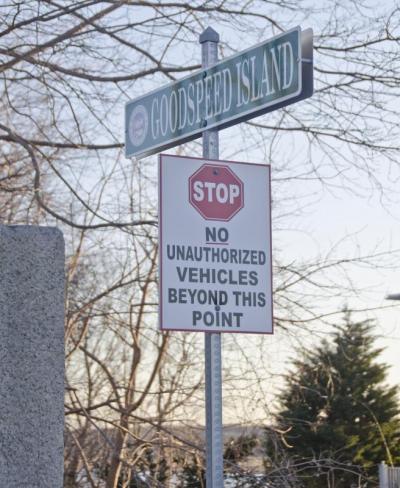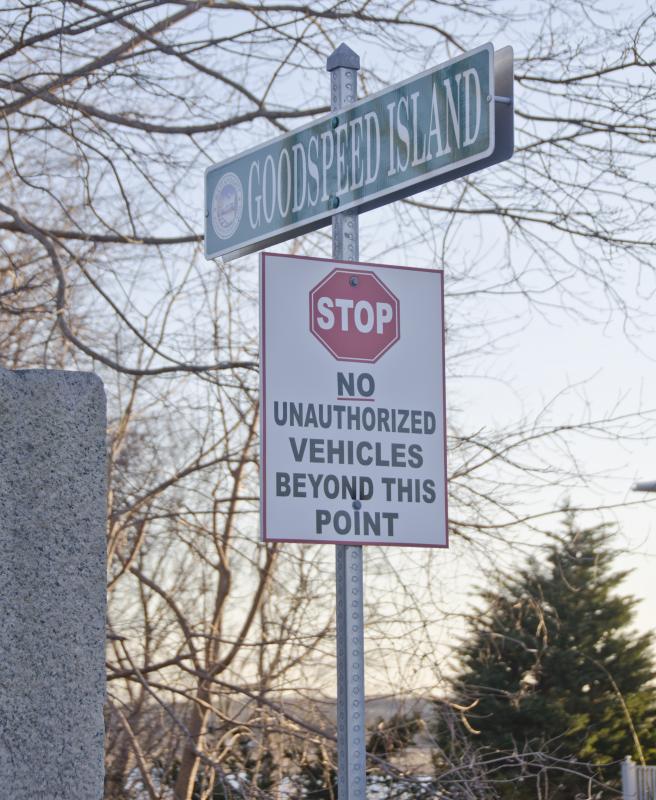DEP upholds testing on Goodspeed Island
Despite protests from abutters, the Massachusetts Department of Environmental Protection has upheld a decision that allows geological testing on Goodspeed Island.
The town requested boring tests on the island as part of the design requirements for the next phase of the bike path, which will cross environmentally sensitive areas.
“Since it’s a state and federal project that is being managed through Mass DOT, they would not approve any design that wasn’t accompanied by this information,” said Conservation Commission Chair Bob Rogers.
As the proposed path would traverse wetlands, the Conservation Commission was charged with determining if more information was needed, in the form of a notice of intent from the town and its engineers, before work could take place.
“We’re not on the commission to deny them doing that activity, but we’re supposed to be conditioning the work in such a way that it doesn’t impact the resource area or it minimizes the impact to the resource area,” explained Rogers.
Susan Nilson of CLE Engineering, the town's engineering firm, discussed the testing to be done at the Conservation Commission's Dec. 14 meeting. It will include 13 soil borings using an ATV rig, and a seismic refraction survey that will evaluate the soil and bedrock on Goodspeed Island. She said it would not cause any long-term impact on the beach or vegetation.
The commission decided a notice of intent was not needed, despite a request from abutters Daniel and Laurie DaRosa and Anthony Campbell.
At the time, their attorney, John Gushue, said they wanted "closer scrutiny" of the testing to be done, including more information on the delineation of the wetland, the impact of the equipment on the area and the affect on the nearby sewer line.
That sewer main is a source of concern for many town officials because it is poorly protected, and a rupture could damage the marshes and waterway as well as cutting off sewage to a large section of town. It's also been one of the contention points against the construction of a 290-foot pier proposed by the DaRosas.
Following the commission's decision, the DaRosas and Campbell filed an appeal with the DEP.
“We thought the wetlands were insufficiently delineated. We thought the proposed work and its impacts were insufficiently described.” said Gushue. “We thought and we still think there’s been inadequate consideration given to the risk to the sewer main.”
The DEP issued its decision on Feb. 11, siding with the Conservation Commission and stating that the work would "not remove, fill, dredge or alter that area."
Gushue said his clients have 10 days to file an appeal, something they are still considering.
Rogers said he expects drilling for the borings to be done as soon as possible, but he did not have an exact date.
















